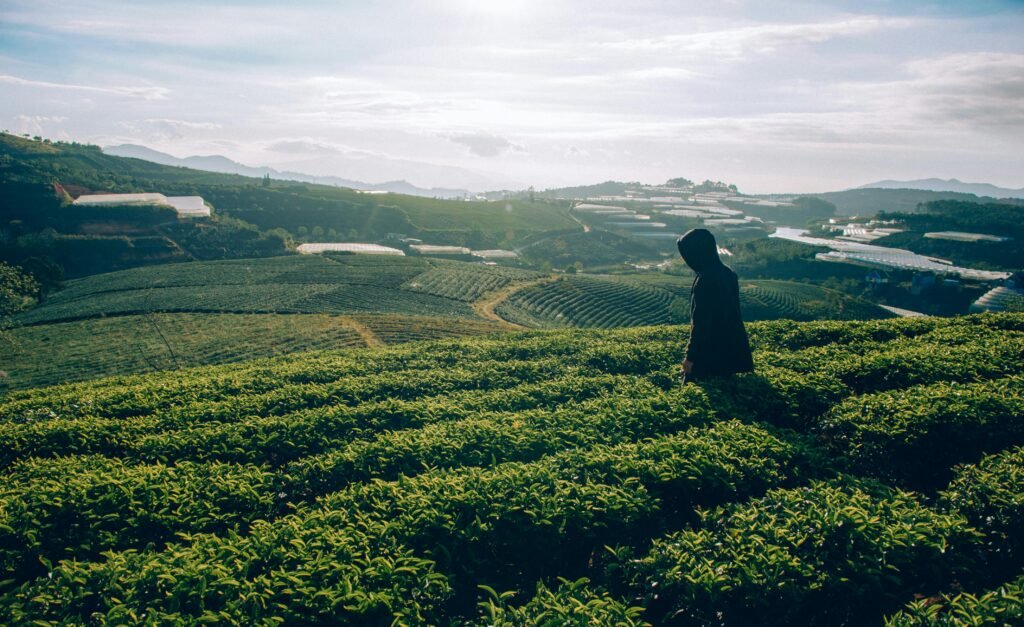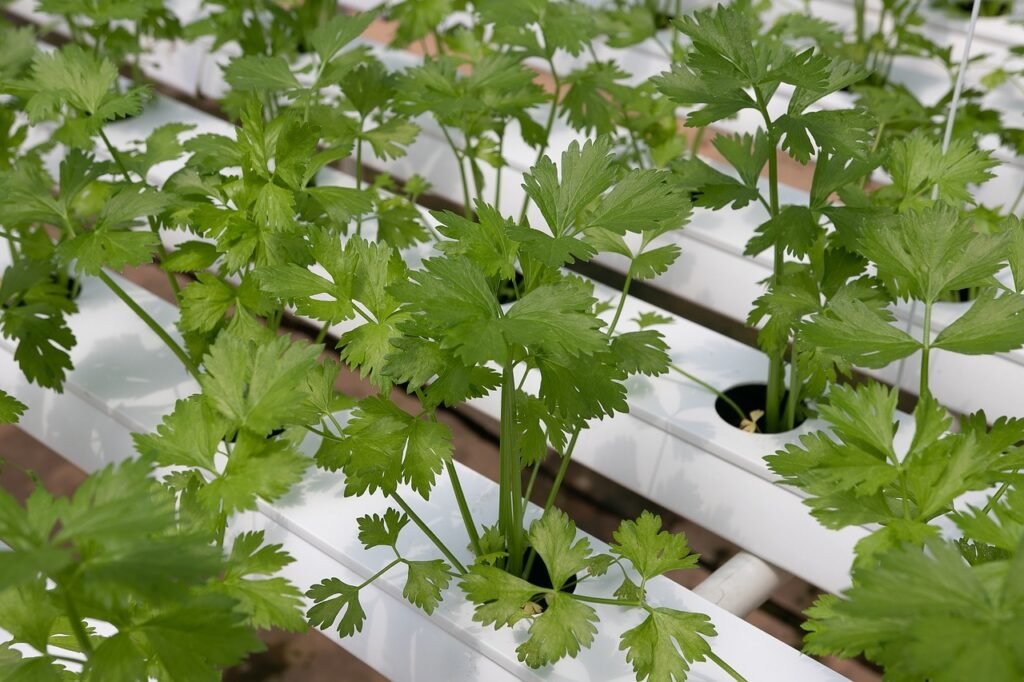Understanding Climate Change
Climate change refers to big changes in temperature, precipitation, and other aspects of the atmospheric conditions over long periods. In simple terms, this is mainly due to human actions. Large releases of carbon dioxide and other greenhouse gases into the atmosphere occur through the burning of fossil fuels such as coal, oil, and natural gas. Such emissions trap heat, a process often referred to as global warming, which generally describes the slow rise of Earth’s average temperatures.
Furthermore, large-scale forest cutting, or deforestation, is a significant contributing factor to climate change. Trees act as carbon dioxide absorbers. The removal of trees stops this important process and allows the stored carbon inside the tree to be released into the atmosphere. The combination of these human activities leads to significant environmental shifts. It leads to unpredictable weather patterns, changed ecosystems, and rising sea levels.
In countries like India, where the economy is mainly dependent on agriculture, changes in climate can be highly dangerous because most farm practices are high-precision and depend on certain types of weather. As temperatures rise and rainfall becomes more erratic, farmers face numerous challenges. Crops may suffer from heat stress, pest infestations may happen, and water resources could become less. All of these directly impact yield quality and quantity.
Apart from that, changing climatic conditions may lead to increased instances of extreme weather events like floods and droughts. This will have lot of negative impact on agriculture. Hence there is a need to understand climate change and its root causes so that proper strategies to reduce its effect can be chalked out. This is especially true for regions that rely heavily on farming, like India. Such challenges require collective efforts. One must stress green practices and decrease the carbon footprint for the sustainable future of agriculture and the environment.
Effects of Climate Change on Tea Production
Climate change has heavily impacted the tea production in India. Primarily, changed rainfall patterns have emerged as a main concern. The tea plantations of India, largely dependent on specific rainfall levels, are witnessing irregularity in precipitation. An increase in erratic rainfall leads to both flooding and drought. Thus, it disrupts the delicate growing conditions that tea plants require. Adequate moisture is essential for optimal growth, and any changes can delay the delicate process of nurturing healthy tea crops.
Also, rising temperatures associated with climate change are adding to the problems. Tea plants grow within specific temperature ranges, and variations influence both growth rates and quality of yield. Higher temperatures can accelerate the growth of tea, but they also lead to a decrease in overall crop quality. As a result, the premium tea varieties that grow under cooler conditions are becoming more at risk. Thus, it will potentially impact the competitiveness of Indian tea on the global stage.
Besides these climate problems, pests and diseases have also been increasing. The higher temperatures favor the multiplication of pests and pathogens. As these pests become more resistant, the tea farmer loses more crop. It is very important to find effective pest management strategies. However, these extra efforts can be expensive for many producers, especially small farmers.
Collectively, these climate change-induced factors result in reduced yields and changes in harvesting seasons. Many farmers are now required to adapt their cultivation practices to cope with these changes. Thus, it affects their established livelihoods. These changes are not only bad for tea production in India, but they also have a bigger impact on the economy. Tea is a very important source of income for millions of people in this area.

Impact on Tea Quality
The quality of the tea produced in Indian plantations is mainly affected by the environmental conditions under which it is produced. Climate change has many implications that can have a major influence on the taste profile, the aroma, and the overall quality of tea leaves. Temperatures are perhaps one of the main things to worry about in this sense. High temperatures may vary the biochemical metabolism of the tea plants. Research has revealed that at higher temperatures, some of the major compounds, which include catechins and precursors for aroma, are broken down. This leads to a product that tastes less flavorful compared to the other.
In addition to the increased temperatures, changed rainfall patterns significantly change the flavor of tea. Tea plants require specific amounts of water at precise times during the growth cycle. Too little or too much inconsistent rainfall harms the plants. It slows up the growth and affects the proper development of the plants. For example, inadequate rainfall may stop the production of new shoots in the plants that is required to attain the level of high quality of tea. Excessive moisture encourages diseases and pests to grow. Thus, it further declines the quality of the tea leaves.
Consumer preferences also change with these environmental shifts. More and more high-quality tea, with the originality of character, is demanded. Most tea drinkers always say that their tea does not have the same flavor or smell it used to have. They probably are right in saying this and may be one of the reasons for this is climate change. People often think that high-quality tea comes from the traditional growing conditions that are now changing. This makes them worried about the future of Indian tea. Hence, the impact of climate change on tea plantations is not only an agricultural issue but also a significant concern for consumers, who expect a particular standard from their tea products.

Adaptation Strategies for Tea Plantations
is facing numerous challenges more so because of climate change. Thus, it would mean the adoption of a number of adaptation methods to ensure continuation in production while maintaining quality.
Changing Planting Schedules
One of the major methods that are utilized is a change in planting schedules. By altering the planting and harvesting times almost preferably to coincide with these new climate trends, tea planters tend to gather yields much higher and have minimal losses. This is important since it helps the farmer maximize his or her favorable climatic conditions. This optimizes growth and development of tea plants.
Climate-Resilient Tea Varieties
Other than that, the development of climate-resilient varieties of tea is very important in adaptation toward impacts by climatic change. Breeders are developing and promoting varieties that are more better resistant to irregular weather patterns such as increased temperature and fluctuations in rainfall. The resilient tea plants generally usually fight off pests and diseases better. However, these problems can get worse in a changing climate. Thus, adding these varieties into plantations not only secures the levels of production but also constructs a more sustainable approach for tea cultivation.
Sustainable Farming Practices
In addition to these strategies, sustainable farming practices must also come into effect. Practices such as integrated pest management, organic fertilization, and water conservation methods are being incorporated increasingly by tea growers. All these will contribute to healthy soil and indirectly reduce the carbon footprint of the production process of tea. Teaching farmers to adopt sustainable practices is also important as this will help in environmental conservation and be economical as well for them.
At last, I would say that to fight these adverse effects of climate change, adaptation strategies adopted by tea plantations will play a key role. Changing schedules of planting, using climate-resilient varieties, and sustainable farming practices by tea industries would strengthen the tea industry and make them more viable going forward despite the problems climatic change causes.
Do share your thoughts by commenting below.






